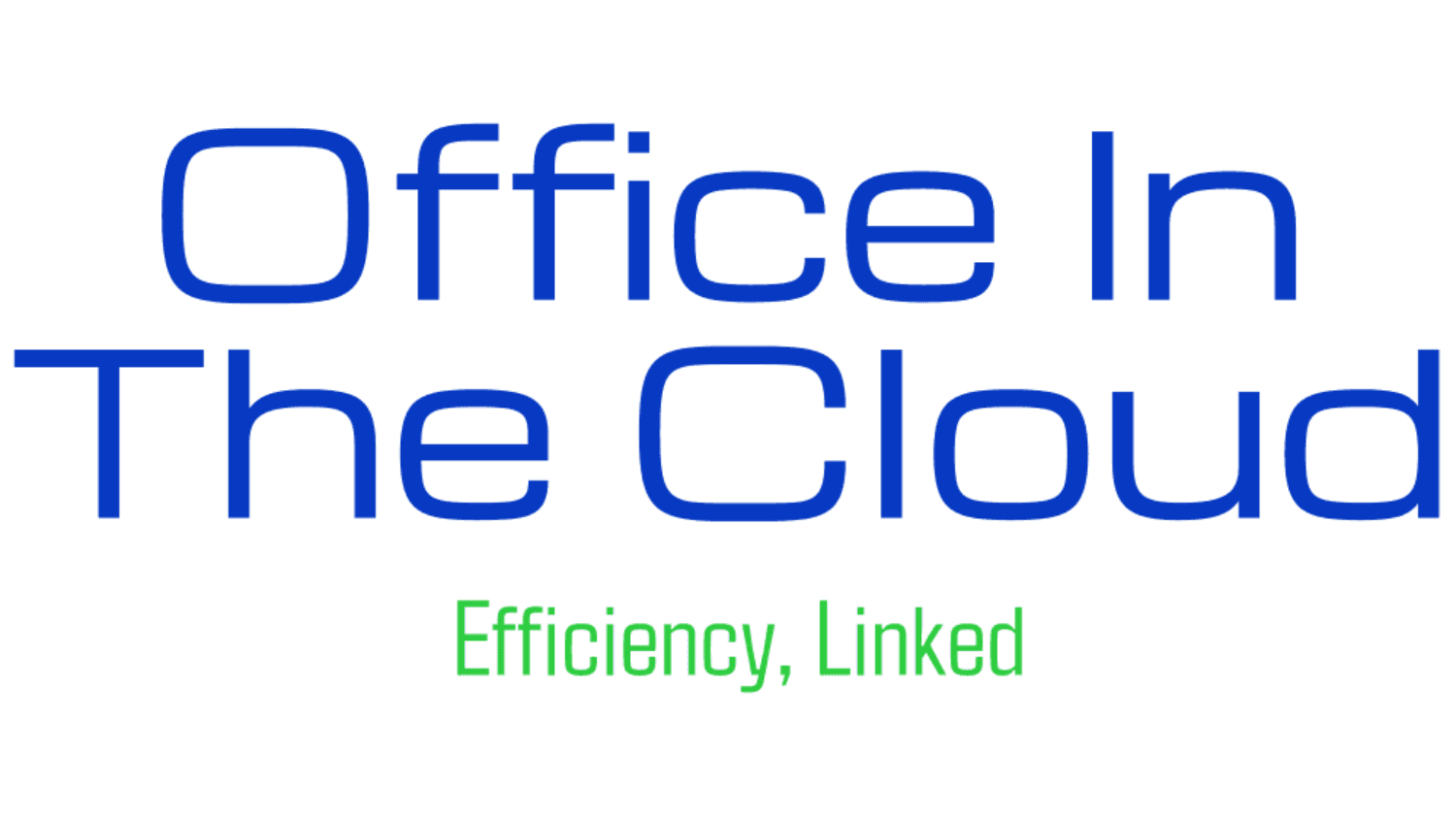Decoding Interchange Plus: A Merchant's Guide to Fairer Payment Processing
Understanding Interchange Plus Pricing
For many merchants, navigating the labyrinth of payment processing fees can feel overwhelming. Yet, understanding these fees is crucial for making informed decisions about how you handle transactions. One of the most transparent and potentially cost-effective pricing models available is Interchange Plus. This model separates the interchange fees set by card networks from the processor's markup, offering a clearer picture of what you're paying.

What is Interchange Plus?
Interchange Plus is a pricing structure where merchants pay the actual interchange rate set by the credit card companies, plus a fixed markup fee to the payment processor. This is different from bundled pricing models, where all fees are wrapped into one rate, making it difficult to discern the true cost of each transaction. With Interchange Plus, you gain transparency, which can lead to more competitive pricing and a better understanding of your processing costs.
The Components of Interchange Plus
To fully grasp how Interchange Plus works, it's essential to understand its two main components:
- Interchange Fees: These are non-negotiable fees set by the credit card networks (like Visa and Mastercard) and are paid to the card-issuing bank.
- Processor Markup: This is the fee that your payment processor charges for handling the transaction. It's typically expressed as a fixed percentage plus a per-transaction fee.

Benefits of Interchange Plus Pricing
The primary advantage of Interchange Plus is transparency. By breaking down the fees, merchants can see exactly what they're paying to each party involved in the transaction process. This clarity can help merchants negotiate better rates with their processors and understand where their money is going.
How Interchange Plus Can Save You Money
While the interchange fee itself is non-negotiable, the processor's markup is often where you can find savings. Since this fee is usually a small addition to the interchange cost, it becomes easier to compare offers from different processors and choose one that aligns with your business needs.
Comparing Interchange Plus with Other Pricing Models
Other common pricing models include tiered and flat-rate pricing. In tiered pricing, transactions are categorized into tiers with different rates, which can obscure the true cost. Flat-rate pricing offers simplicity but might cost more in the long run for high-volume merchants. In contrast, Interchange Plus provides a detailed breakdown, allowing you to make more informed financial decisions.
Is Interchange Plus Right for Your Business?
Deciding whether Interchange Plus is suitable depends on various factors such as your business size, transaction volume, and average ticket size. Generally, businesses with higher transaction volumes benefit more from this model due to potential savings on processor markups. It's critical to analyze your business's specific needs and compare them against available pricing models before making a decision.
By decoding Interchange Plus, merchants can ensure that they are not overpaying for payment processing services. The transparency and potential cost savings make it a compelling choice for many businesses looking to optimize their transaction fees. Understanding this pricing model can empower you to make smarter financial decisions and improve your bottom line.
